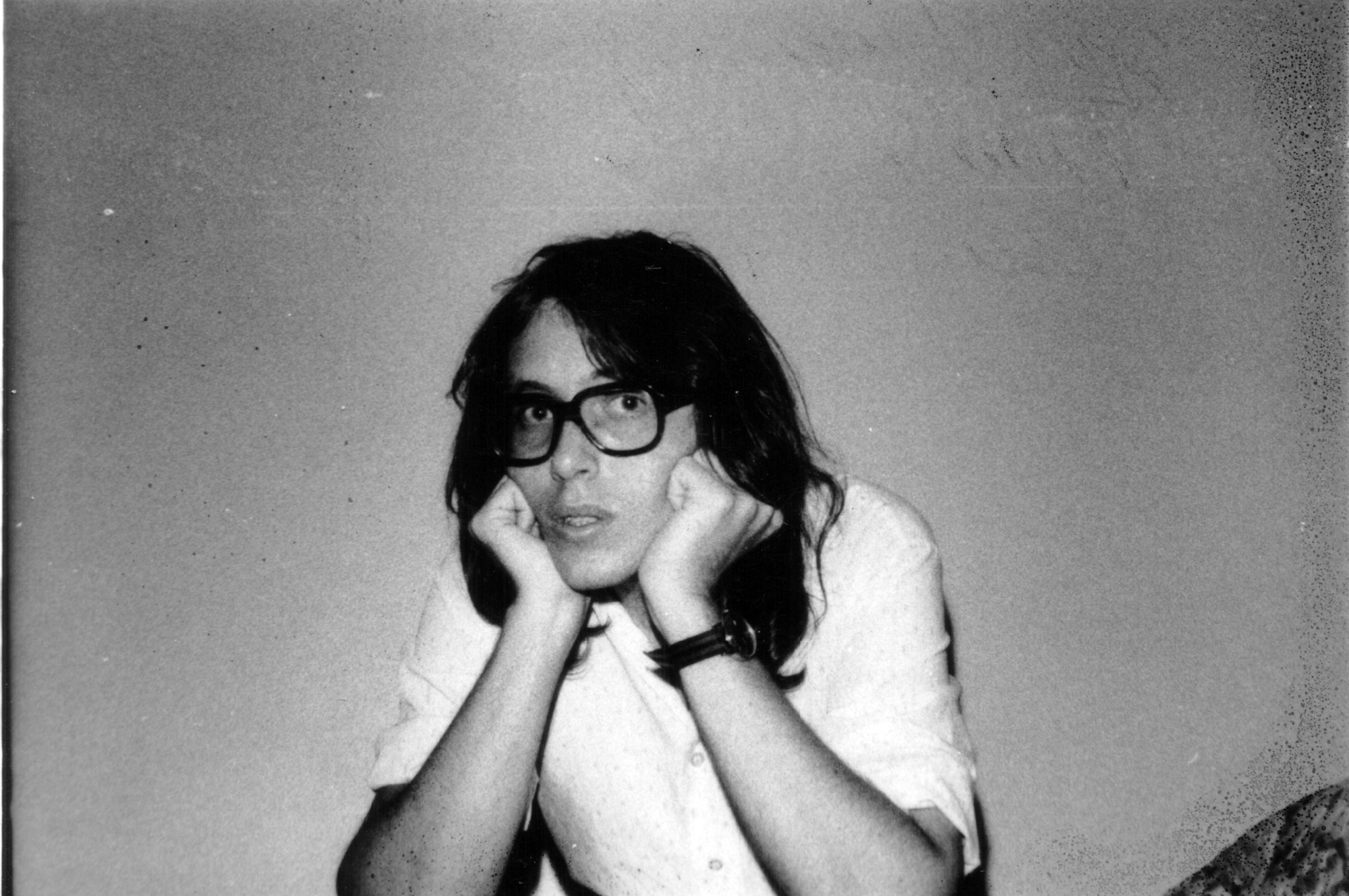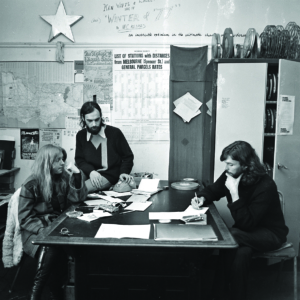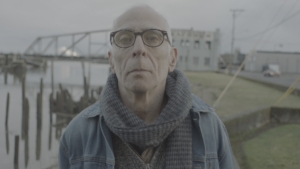Since the turn of the century, an intriguing subgenre in music documentary has emerged that sees filmmakers looking to revive the songs and reposition the legacies of certain artists whose compelling work was not met with commercial success. Arguably the most famous of this cohort is Searching for Sugar Man (Malik Bendjelloul, 2012), about the Detroit-born singer-songwriter Rodriguez. Other, similarly excellent films have been made about musicians Gene Clark, Gram Parsons and the band Love (even if those artists all attained relatively respectable levels of fame). These documentaries share a common denominator: they all celebrate American artists but were made by Europeans. The late Bendjelloul was a Swede; the 2004 Parsons film, Gram Parsons: Fallen Angel, was created by a German (Gandulf Hennig); and those on Clark (The Byrd Who Flew Alone: The Triumphs and Tragedy of Gene Clark, Jack & Paul Kendall, 2013) and Love (Love Story, Chris Hall & Mike Kerry, 2006), by Brits.
There is a trend, therefore, of such films being produced by outsiders peering into the exotic mythology and romance of American culture, their admiration for their respective subjects born of the advantages of observing from afar. The pattern continues with Waiting: The Van Duren Story (Greg Carey & Wade Jackson, 2018), a documentary about the eponymous obscure, Memphis-born singer-songwriter, for whom it has fallen to two unassuming Australians to tell his story.
Born in 1953, Duren was in a number of bands throughout his adolescence before finding himself, in the mid 1970s, in the orbit of Big Star, the cult Memphis band fronted by the enigmatic Alex Chilton. Duren actually failed an audition for Big Star, but, after the band broke up, he recorded a series of demos with drummer Jody Stephens. Through his work with Stephens, Duren came to the attention of none other than Andrew Loog Oldham, one-time manager of The Rolling Stones, who took the young artist under his wing. With the additional support of Jon Tiven, a musician, writer and budding impresario, Duren moved to Connecticut, where he recorded the 1977 album Are You Serious? and its follow-up, 1980’s Idiot Optimism, which would sadly not be released for two decades.

As many of the interviewees featured in Waiting make clear, the hype around Duren at the time was significant – although comparisons with Paul McCartney were perhaps a little hyperbolic (and, by the late 1970s, arguably not even desirable). Are You Serious? reveals an artist of considerable songwriting gifts, with echoes of Todd Rundgren, Jackson Browne and those oft-maligned groups from the 1970s whose so-called middle-of-the-road sound belied originality and musical sophistication, such as Chicago or Bread. Duren’s best music is certainly up there with these luminaries. And the question underpinning Waiting is that of why this artist, seemingly with the world at his feet, abruptly disappeared from view to become a mere footnote in rock’n’roll history.
One day in early 2016, Jackson – a Sydney musician – came across Duren’s music via his Twitter feed. He immediately shared it with Carey, his friend and a band manager, and the two became so smitten with Are You Serious? that they decided on the spot to make this documentary – writing, producing and directing despite having no filmmaking experience whatsoever. The two men jumped at the prospect of this ambitious odyssey not only due to a love of Duren’s music, but also because they were both at low ebbs at the time; between them, they were enduring a failed marriage, business upheaval and a broken leg. We know all this because the story of Jackson and Carey’s journey is just as important to Waiting as Duren himself. The film is a combination of the hallmarks of music documentary (interviews, photos, old stock footage, the music itself) and a series of video diaries by Jackson and Carey as they make preparations in Sydney and then traverse the United States conducting dozens of interviews with people who were connected to Duren over the decades. Speaking to-camera in these snippets, the pair confess their fears for the project (which was entirely self-funded), celebrate their victories and offer a running commentary on their travels in the name of this forgotten artist, whom they eventually meet in Memphis for their final interview.
‘We never set out to be in the film,’ says Carey. ‘We were documenting the making of it for us privately, and also to maybe use for social media content or a DVD release. It was kind of an accident we were in it.’ Indeed, the decision to include the private videos was made after the film’s third producer, Jonathan Sequeira (who wrote and directed the 2017 documentary Descent into the Maelstrom, about Australian band Radio Birdman), urged them to use this material as the spine of the film. Granted, these to-camera messages were never intended to be part of the completed product, but these sections do sometimes veer towards clichés and slightly vapid commentary – and there are only so many high fives and bro hugs the viewer can take. Yet, on the whole, Jackson and Carey integrating themselves into the story in this way works well; they are, as Carey puts it, ‘shooting from the hip’ in an unwitting exercise in gonzo journalism. It brings an intimacy and relatability to this quest to uncover the truth about Duren, the two friends displaying an enthusiasm that any vinyl crate-digger would understand. It also produces some of the film’s stand-out moments, including the duo meeting Duren for the first time; tracking down the only vinyl copy of Are You Serious? in Australia at a Melbourne vintage store; and procuring the original master tapes for Duren’s recordings, for which he had lost the copyright.
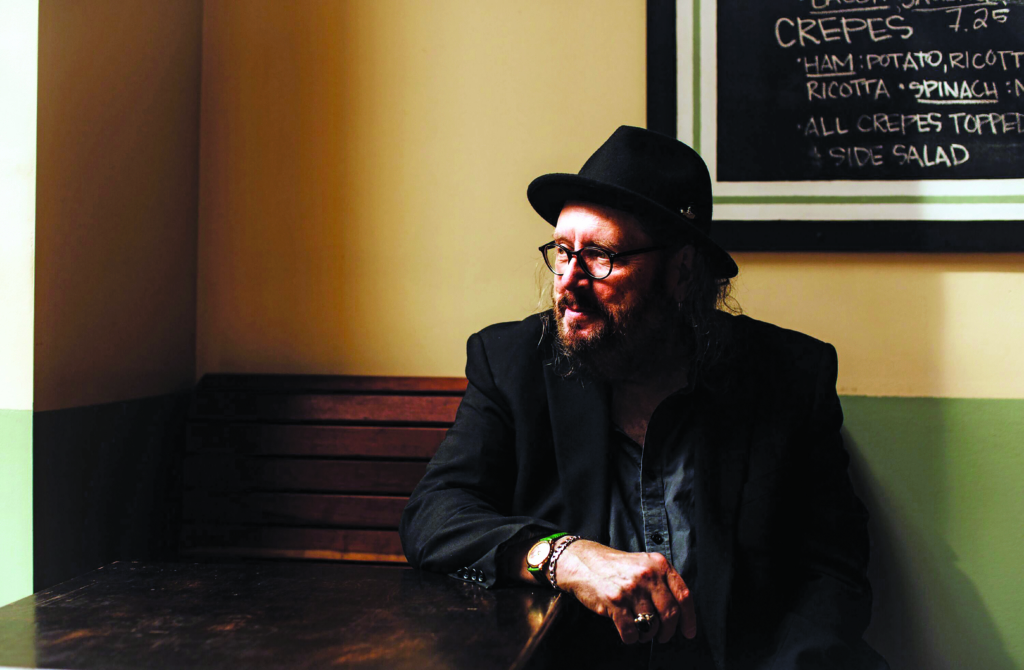
Of the interviews that Jackson and Carey secure, the biggest coups are arguably Stephens and Oldham, who admits he has no memory of working with Duren due to his alcoholism at the time. But it is Tiven, who produced Duren and was one of his biggest champions, who drives the narrative; it is largely through him that we discover why Duren never achieved lasting fame.
In partnership with the controversial, eccentric manager and producer Thomas ‘Doc’ Cavalier, Tiven oversaw the small label Big Sound – which signed Duren – and its studio Trod Nossel in New Haven, Connecticut. After helping Duren record Are You Serious? and embarking on Idiot Optimism, Tiven began to notice serious cracks in the enterprise and suspected that Cavalier was, in his words, ‘screwing all of [them]’. Furthermore, and most dispiritingly for Duren, Cavalier was approached by a major label looking to sign the singer, only for him to refuse unless the label took Big Sound’s entire artist roster rather than Duren alone. Casting a shadow over all of this was the Church of Scientology, to which Cavalier (who died in 2005) adhered, and which attempted to recruit new members from the studio and label – Duren and Tiven included. Tiven reveals that he escaped this toxic scene as soon as he could, but Duren stoically stayed on to complete Idiot Optimism. Further ruptures with Cavalier ensured that the album was not released until a tiny Japanese label put it out in 1999 – and, worse, Cavalier (along with his estate) and Trod Nossel held the rights to Duren’s music during all these years.
As Jackson and Carey explain in one of their video-diary entries, they seized on the issue of the ownership of Duren’s songs as an important thread in Waiting, and, in a stunning gesture, the pair promise Duren they would find a way to return the song rights to him – in part so they could use his music in the film. Though it doesn’t happen on camera, a visit to Trod Nossel in the present day leads to an aggressive brush-off and even a restraining order against Jackson. The sour taste left by the studio never really lifts within Waiting, but Jackson and Carey do end up securing the all-important master tapes and song rights for Duren – even if we are completely in the dark as to how and through whom, due to a non-disclosure agreement the pair signed.
There is little insight offered as to how the musician gravitated to his particular style … Yet, deficiencies aside, Waiting remains a remarkable achievement from two novice filmmakers whose dedication to their subject is nothing short of astonishing.
This omission is unavoidable, given the legal restrictions on Jackson and Carey, but there are other holes in Waiting that might have been addressed. In particular, it unfortunately does not really offer in-depth analyses of Duren’s actual music, his songwriting process or the formation of his artistic self. These, as the aforementioned film about Gene Clark demonstrates, can be among the most fascinating and inspiring ingredients in a music documentary. Aside from a brief mention of how Duren was affected by seeing The Beatles on The Ed Sullivan Show in 1964, there is little insight offered as to how the musician gravitated to his particular style, how he wrote his most celebrated songs (such as ‘Grow Yourself Up’ and, my particular favourite, ‘Andy, Please’) or his creative choices in the studio. Given the drama that Jackson and Carey stumbled upon with Trod Nossel, Scientology and so on, however, it is perhaps understandable that that should take priority. Moreover, Duren’s songs are pushed very much to the forefront of Waiting and given plenty of airtime – the filmmakers, and Duren himself, might argue that they speak for themselves.
Yet, deficiencies aside, Waiting remains a remarkable achievement from two novice filmmakers whose dedication to their subject is nothing short of astonishing. Carey cites Searching for Sugar Man, which also tells the story of two fans trying to track down an elusive musical hero, as a major influence, along with A Band Called Death (Mark Covino & Jeff Howlett, 2012) and Supermensch: The Legend of Shep Gordon (Mike Myers & Beth Aala, 2014). ‘Those films helped us work out interesting ways to inject vibe into the film beyond just the story,’ says Carey, ‘with things like animation and drawings.’ The subsequent use of a series of illustrations by the directors’ friend Aidan Roberts is a successful stylistic choice, imbuing the film with a warmth that recalls James Bogle’s 2017 documentary about Brett Whiteley, Whiteley. Roberts was employed, Carey explains, because of a dearth of stock footage and photographs, which then led the pair to consider alternative ways to visually represent a number of important moments, such as Duren’s chance meeting with Bruce Springsteen, and Ringo Starr popping in to a Memphis club to see Duren’s new band, Good Question, in the 1980s.
Duren, now in his mid sixties and a stroke survivor, enters the film about three-quarters of the way through (though his voiceover-sourced from Skype interviews – has been part of the film from the start). The musician is a softly spoken presence with a melodious Southern drawl, and he is a tad bewildered by these untried documentary makers and their devotion to him. He seems aware of the strangeness of two Australians, who are more than a generation his junior and hadn’t heard of him until 2016, investing such time and money in setting the record straight regarding his life and music. Given how much we have already learned about him, Duren’s appearance – and the way it demystifies the hitherto elusive figure – is, to use Carey’s words, ‘almost an anticlimax’.
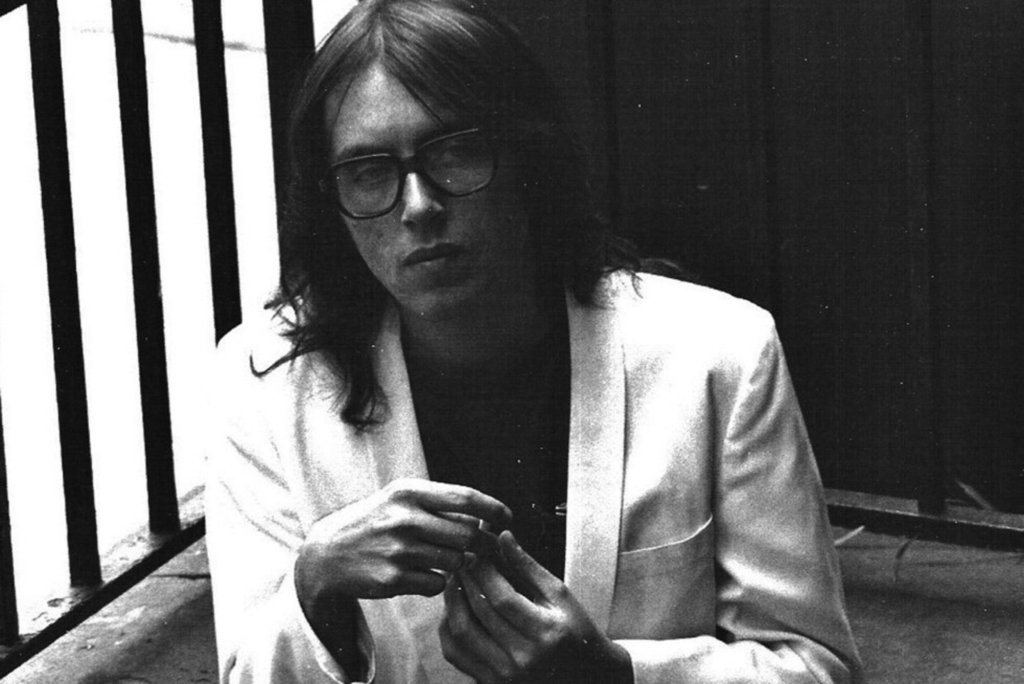
Ultimately, the answer Waiting offers as to why Duren never achieved mainstream success is perhaps threefold. As the film illustrates, he was a naive victim of the pernicious, petty and chaotic nature of the music industry – and its unsavoury, self-serving characters – at that time. Secondly, the tides of fashion ensured that a sensitive singer-songwriter such as Duren was firmly not in vogue, commercially speaking, by 1978, when punk, disco and even inchoate hip-hop were becoming the dominant genres in popular music. Thirdly, it must be said that Duren, despite the excellence of his music, offered no marketable image, no unique or flamboyant persona, to compete in the ever-shallow world of pop music.
As well as a showcase for Duren’s emotive and invigorating songs, Waiting is a chronicle of Jackson and Carey’s unwavering, almost Captain Ahab–like commitment to their cause. ‘I never wanted to give up,’ Jackson says in the film. ‘There wasn’t a day or a minute where I would have ever given up, because of Van. We owed him this. We set out to do something, and we had to follow through.’
